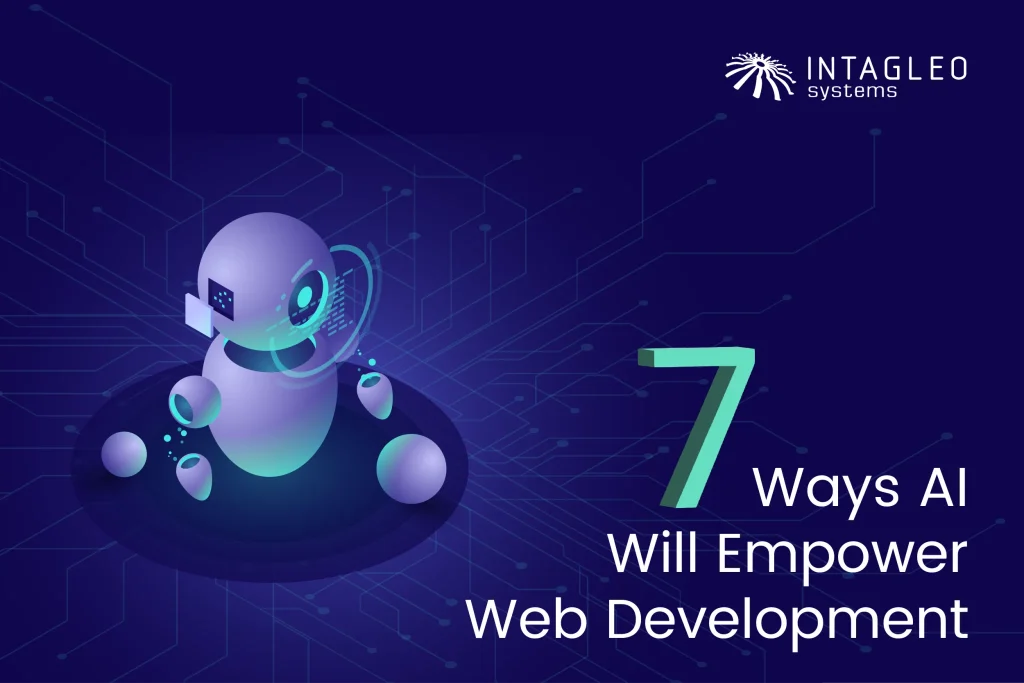The pandemic disrupted the lives of millions and most of the industries had to evolve and adapt to the new market scenario choosing digital transformation. The transformation that would have taken years otherwise took just a few months and the trend would be followed by Artificial Intelligence in 2021.
Computer Vision has empowered industries to improve their operations such as security, management, monitoring, and mitigation. The handshake between computer vision and other technologies would definitely create headlines and as a business, you should be looking towards the following computer vision trends in 2021.
1. Computer Vision Trends for Safety
Technology is already playing an important part in monitoring the safety protocols and various industries around the globe have applied it to make sure that their employees are following the protocols. Furthermore, different government organizations are also using vision intelligence to monitor the enforcement of COVID-19 safety protocols.
By applying computer vision with CCTV cameras’ help, you can easily locate people not wearing masks or implementing social distancing. The technology can be used inside hospitals, airports, roads, bridges, streets, and even offices to ensure the safety of the general public. In the future, it can also be used to identify threats to society in real-time.
In addition to these benefits, there are autonomous driving vehicles currently using computer vision to monitor the traffic and hurdles on the road to ensure the safety and smooth flow of traffic. All of it is being achieved by using deep learning algorithms, a set of pre-installed cameras, and a few sensors.
2. Automatic Anomaly Detection
It is one of the most popular computer vision trends. The products are automatically checked for a fixed number of predefined anomalies. The data is taken from high-quality images. These images are further studied and the quality of a product is determined by matching it with an ideal image.
Not only would it improve the overall business quality but it would also increase customer satisfaction. Every organization producing various kinds of products can benefit from the anomaly detection procedure along with reducing the manual labor involved in the process.
It would be possible to avoid the chances of human error along with speeding up the product-to-market process. The organizations will be able to scale up their operations without spending a lot from their budget, as very few cameras and sensors would be doing all the work for them.
3. Integration of Computer Vision with Edge Computing
Edge computing is the new buzzword in the market and it is something every major company in the software sphere is working on right now. Whether you look at the Microsft Azure or the encryption technology used by Apple in iPhones. Edge computing is the ultimate upgrade after cloud computing because it eliminates latency and security issues. You don’t have to connect with a server or a system placed thousands of miles away because you can connect to similar devices nearby, seamlessly.
Edge computing brings computation and data storage closer to the devices where the data is being gathered, instead of putting the pressure on a central data storage located far away. This technology was developed due to support the increasing number of IoT devices. Most of the processing is done locally which would decrease the amount of data being transferred for processing on a centralized or a cloud server.
The edge is quite a fuzzy term and it could be the user’s computer, smartphone, or the edge server. When it comes to the internet, the edge is the device or the local network that contains the device and communicates with the internet. The processor inside your IoT camera can be an edge network but the interesting thing is that the router, ISP, or local edge server also fall under the category of the network edge. The main thing is that the edge network is near to the user’s device as compared to any centralized server or a cloud server reducing the latency and bandwidth requirement.
Take the example of an IoT camera in an industrial area interacting with the cloud to send and receive information. Now, increase the number of cameras to hundreds or thousands. When all of them are interacting with the cloud at a time it would definitely slow down the process and also impact the quality and cost of the whole operation. On the other hand, edge computing provides a local edge network that processes the required information and only sends relevant information to the cloud reducing the required bandwidth.
Edge computing also takes away the pain of network connectivity that often occurs with the devices connected to the cloud or a particular network. The integration of computer vision with edge computing would even allow the devices to be placed in an area with a poor connection yet providing real-time results. A significant amount of these results can be delivered to the cloud for further analysis giving a better overall solution in real-time.
4.Image Recognition with Point Cloud
Image recognition using point cloud has become a popular technology when it comes to object tracking. A point cloud is a collection of data points within a 3-dimensional coordinate system. Usually, this technology is used within a closed space. The shape and the location of the objects are listed as coordinates and the whole collection of these coordinates is known as “point cloud”.
The interesting thing about this technology is that you can find the exact position of an object in the space inside any closed area. The accurate representation of the object makes it easier to monitor its movement and it has many applications in real-world problems. You can track the construction sites, detect any kind of damage to the goods, analyze or map an area in a better way, or perform improved asset management as every object would be tracked along with its movement.
5. Merged Reality with Computer Vision
Augmented Reality (AR) and Virtual Reality (VR) create an immersive 3D environment but it is still far from the real environment of the user and the power of these technologies is pretty narrow. AR can simply scan the flat services and change the light effects while the VR can get the user movements through tracking and controllers but there is so much more that needs to be achieved in this scenario. Computer vision becomes a pushing force in this situation taking these technologies to the next level often known as Merged Reality (MR).
MR uses external cameras and sensors to accurately map the environment. It also utilizes gyroscopes & eye-tracking technology to locate them and track movements accurately. Such a system can perceive the environment and tell the user about certain obstacles in the way. The VR movement changes with the user’s eye and body movement for more accurate results and the user is also guided indoors regarding the directions.
There are a few shopping stores already using MR and the shoppers can easily find the items on the list by getting an AR device. The users are instructed regarding each item’s location in their list and the AR device can utilize floor plans, information about the stock, and map the store in real-time. One of the prime examples of the implementation of MR is a Sephora application that lets the users know how different makeup products would change their look in various light conditions.
Conclusion
Computer vision is an evolving technology and if you are trying to explore new technological avenues in 2021 you need to get a taste of it. This technology will amaze you with the possibilities it could bring to your business. If you want to know more about computer vision and how it can assist you Intagleo is here to help you out with our extensive experience in this area.


